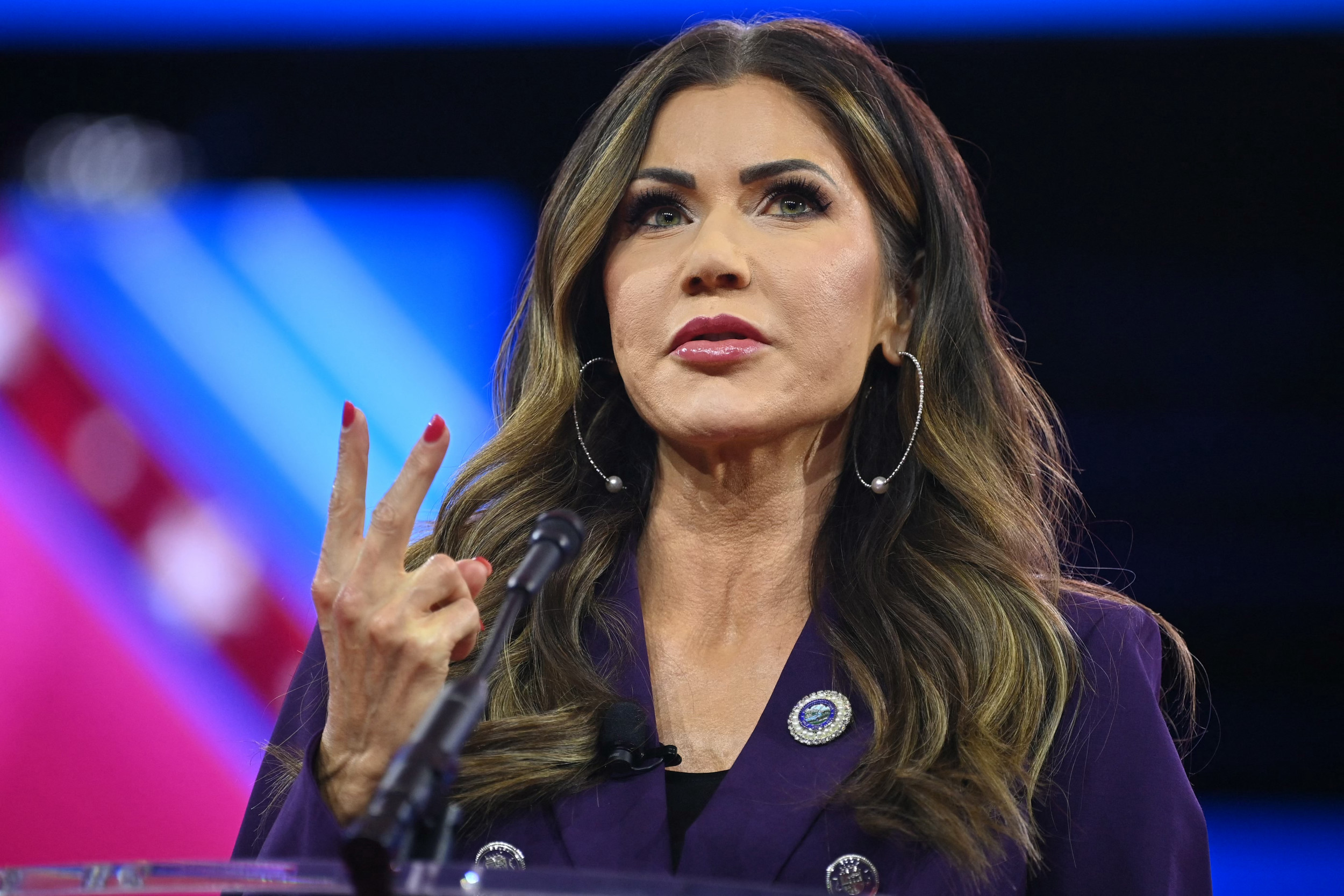Midway through the HBO series "True Blood," a man returns home after being sexually humiliated by his vampire-preferring girlfriend. He turns on the TV—a classic vampire movie. He changes the channel—an evangelical chat show about the crusade against vampires. He hits the remote once more—a nature special on vampire bats. Disgusted, he switches off the set, and who can blame him? For creatures that supposedly crave the darkness, vampires seem to be getting more than their fair share of the spotlight. (Article continued below...)
In addition to "True Blood," which recently ended its first season, the film "Twilight," based on Stephenie Meyer's bestselling novel about a teen vampire and his chaste love for a human girl, topped the box office its first week out and is still going strong. "All I Want for Christmas Is a Vampire," by Kerrelyn Sparks, just entered the bestseller list, and the Swedish film "Let the Right One In," about a young vampire girl and the lonely boy who loves her, is a stealth hit among the indie crowd. "South Park" even spoofed the vampire craze in its season ender, in which the kids were initiated into a vampire cult by drinking Clamato.
It may feel as if we're in the midst of a major vampire moment, but the idea of vampire as artistic metaphor is as deathless as the creatures themselves. The figure of the vampire—a human transformed by a bite into something that looks human but is not, who feeds off the blood of others to survive and has the power to both kill and bestow eternal life—is one of our most powerful and durable myths. Vampires appear in most cultures and across centuries, as both male and female, and with various abilities and weaknesses. In ancient folklore, vampires symbolized death and disease. Their signature physical traits probably came from reports by people who saw decomposing corpses, which sometimes bleed from the nose and mouth and feature teeth and fingernails that look long because the gums and nail beds have receded. Artists and writers have been reworking the myth ever since. Depending on whom you ask, vampire stories can be read as symbols of venereal disease, capitalism, immigration, industrialization, colonialism, AIDS, homosexuality, mental illness, anti-Semitism, technology or class warfare. "The vampire myth's power is that we can use it as a metaphor and a language to talk about the problems of our world," says William Patrick Day, author of "Vampire Legends in Contemporary American Culture." The question, then, is not why we are thinking about vampires now, but how we are thinking about them—and what our vampires say about us.
The forefather of the modern vampire is Bram Stoker's Dracula, a refined count of Eastern European background who is all the more sinister for his impeccable manners. Though there is a sexual subtext to Dracula's ravenous hunger for the book's protagonist, Jonathan Harker, Harker finds the count repellent. By the time the book, which was published in 1897, was made into a movie starring Bela Lugosi in 1933, Dracula had become a hetero sex symbol, and sex and bloodsucking have been intertwined ever since. Obviously, the act of vampirism is an almost too-overt metaphor for sex, but that's not the only trait that makes vampires seductive. Starting with Lugosi's Dracula, most 20th- and 21st-century American vampires are not just dangerous but dashing creatures, former European aristocrats with an appreciation of the finer things in life. They may turn you into the undead, but they'll show you a good time. It's no accident that the hedonistic, decadent Lestat from Anne Rice's "Interview With the Vampire" first appeared in the self-indulgent 1970s.
Where our current vampires differ from their literary predecessors is in their morality. Somewhere in the past few decades, vampires found consciences. On the TV show "Buffy the Vampire Slayer," Angel, a "good" vampire, fights against soulless, evil vampires, and in the 1993 film version of "Interview With the Vampire," the character of Louis (Brad Pitt) struggles against his predatory nature. Only recently, though, have we seen vampires who have enough self-control to resist the lure of human blood, reflecting, perhaps, the conservative direction the culture has taken. In "Twilight," Edward restricts himself to the blood of animals, and on "True Blood," sympathetic vampire Bill Compton subsists mainly on synthetic blood. These vampires are not so much scary as noble, fighting against their inherent natures for the sake of love (in both cases the love object is a human, virgin female). "America has taken the vampire story and tied it to teen romance," says Ken Gelder, author of "Reading the Vampire." Rather than being attracted to the darkness of the vampire, the female leads love their fanged paramours for their essentially decent personalities—along with their bad-boy allure—and are able to get beyond the whole lust-for-blood thing. It is not the vampire's passion that is sexy, but his self-control.
"Twilight," especially, pushes the vampire myth to its extreme. Edward is more a sensitive teen any father would let escort his daughter to the prom than a Dracula-like predator. Not only does Edward refrain from biting his love interest, Bella; he insists she buckle her seat belt. "There is that sense that because Edward is such a self-restraining vampire, he's not really a vampire," says Gelder. In other words, he is exactly the vampire we want right now: sure, he's strong, he can fly and his skin sparkles in sunlight, but more important, he's not going to go and do anything stupid with his 401(k).
Uncommon Knowledge
Newsweek is committed to challenging conventional wisdom and finding connections in the search for common ground.
Newsweek is committed to challenging conventional wisdom and finding connections in the search for common ground.
About the writer
To read how Newsweek uses AI as a newsroom tool, Click here.








